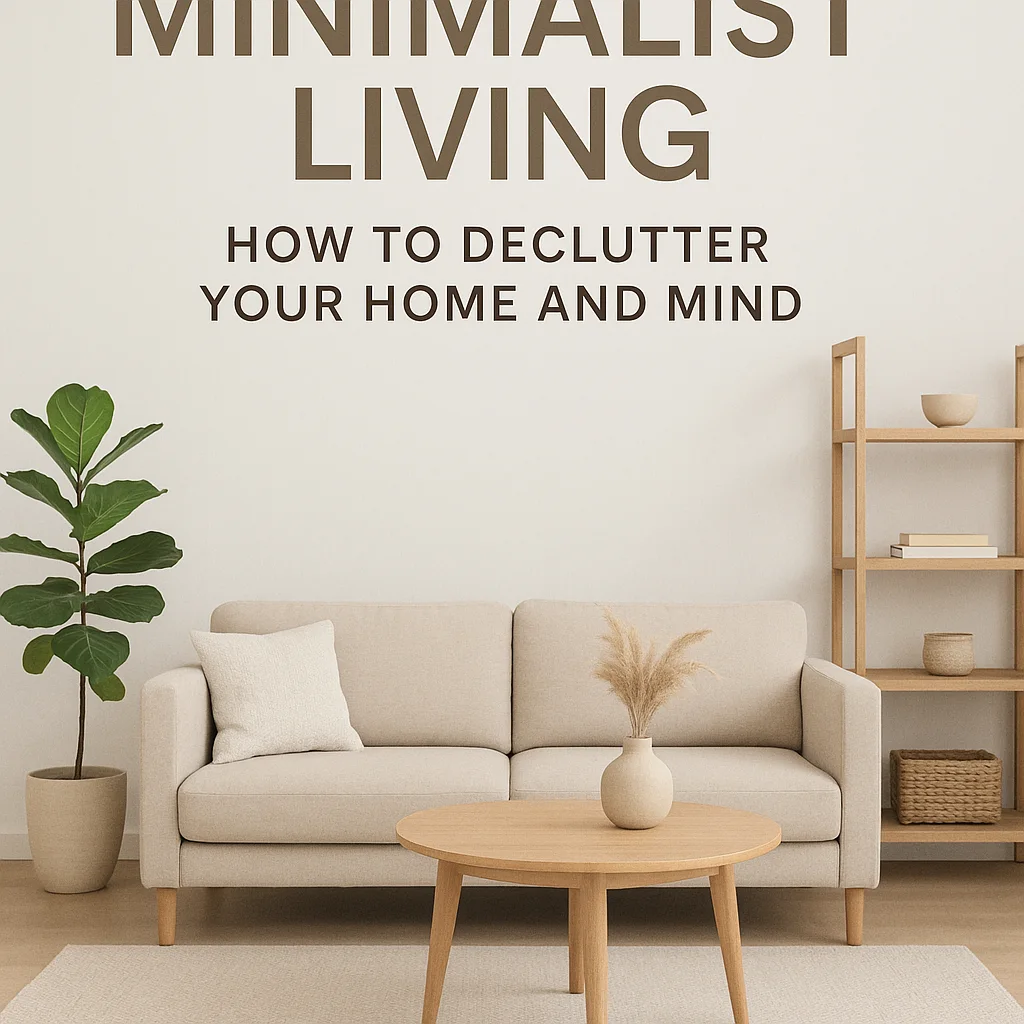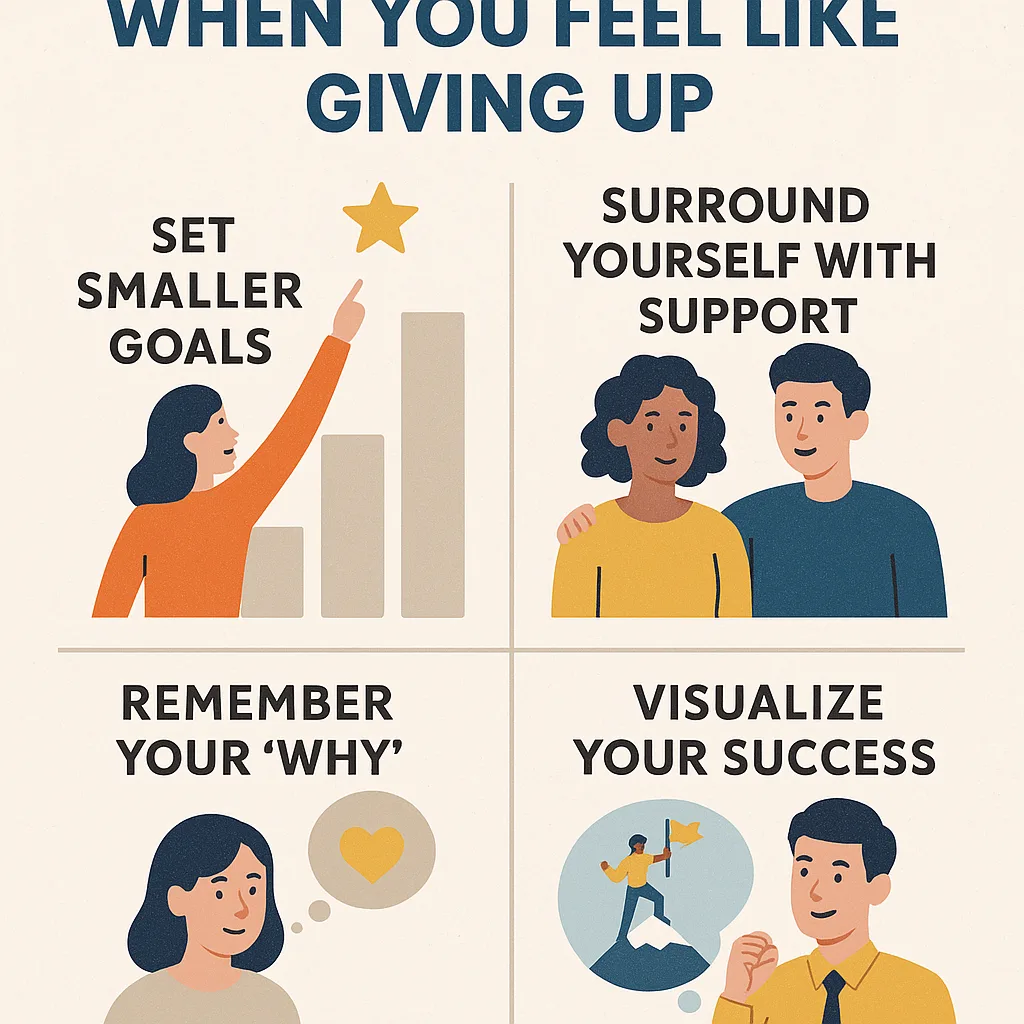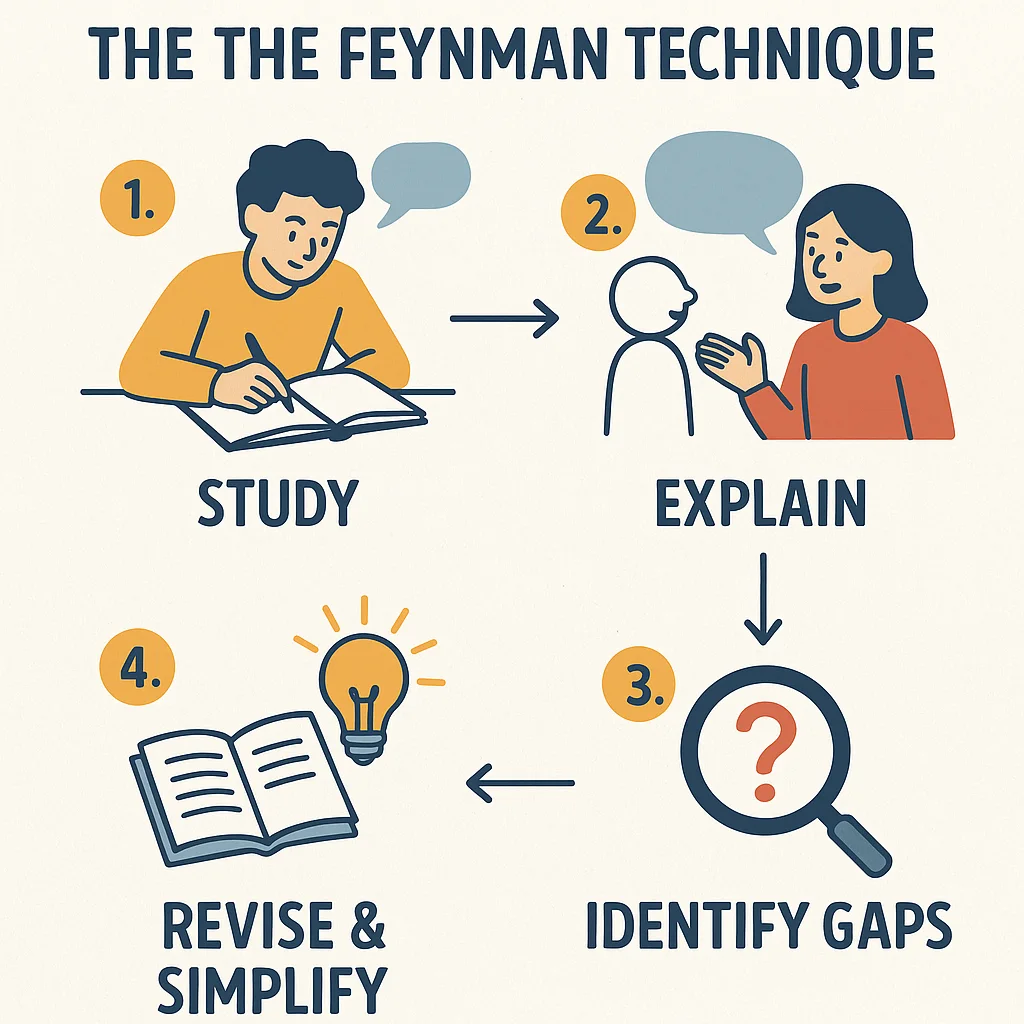The idea of minimalism provides a welcome counterpoint to a society that is always pressuring us to buy more, do more, and be more: less is more. The goal of minimalist living is to create more space, freedom, and clarity in your surroundings and in your thoughts, not just to have fewer possessions.
Whether you're stressed out, overburdened by clutter, or yearn for a more straightforward way of living, minimalism offers a useful and deliberate solution. In order to live more purposefully with less, this blog will walk you through the process of clearing out your home and your thoughts.
What Is Minimalist Living?
The lifestyle of minimalists places a strong emphasis on purpose, simplicity, and intentionality. It's about getting rid of the extraneous things that divert your attention from what really matters.
It doesn’t mean living with nothing. It means living with only the things, thoughts, and habits that serve you.
At its core, minimalism is about:
-
Owning less, but better
-
Reducing mental noise
-
Finding contentment in simplicity
-
Living in alignment with your values
The Benefits of Minimalism
Living a minimalist lifestyle can result in significant changes, such as:
✅ More Space
Your home will feel more open and serene after you declutter.
✅ Less Stress
Mental clarity results from having fewer possessions because there are fewer choices and distractions.
✅ More Time
You have more time for the things that really count when you spend less time cleaning, organizing, and shopping.
✅ Better Finances
Minimalists tend to buy less, save more, and focus on quality over quantity.
✅ Greater Focus
A decluttered environment supports deeper thinking and better productivity.
Step 1: Decluttering Your Physical Space
🏠 Start Small and Simple
Decluttering your entire home can be a very challenging task. Start with just one area, such as:
-
A kitchen drawer
-
Your desk
-
One shelf
-
Your bathroom cabinet
📦 The 4-Box Method
When decluttering, use these four boxes:
-
Keep – Items you use and love
-
Donate – Things in good condition you no longer need
-
Trash – Broken or unusable items
-
Relocate – Items that belong elsewhere in your home
🧹 Room-by-Room Strategy
Bedroom
-
Keep only the clothes you wear regularly
-
Store off-season items out of sight
-
Remove electronics for better sleep
Kitchen
-
Toss expired food and duplicate gadgets
-
Simplify to essentials: one good knife, one cutting board, a few dishes
-
Use clear containers for pantry staples
Living Room
-
Remove excess décor and furniture
-
Hide or organize cables and remotes
-
Keep flat surfaces like coffee tables clutter-free
Bathroom
-
Dispose of old toiletries and expired products
-
Use containers or bins to keep items organized
-
Simplify your skincare or grooming routine
📷 Try the “Snapshot Test”
Take a picture of an area that is cluttered. If it appears disorganized in a picture, it most likely feels that way in real life as well. Make use of this as inspiration to tidy up.
Step 2: Decluttering Your Mind
Minimalism is about your mental and emotional space, not just your possessions.
🧠 Limit Information Overload
Every day, we take in more information than ever before. Make an effort to:
-
Unsubscribe from newsletters you don’t read
-
Limit time on social media
-
Curate your news sources
-
Turn off non-essential notifications
📝 Journal to Clear Mental Clutter
Things that are taking up space can be released by writing them down. Keep a journal to:
-
Brain-dump worries
-
Set daily intentions
-
Reflect on what matters
✋ Say “No” More Often
Burnout and stress are caused by overcommitment. Make your schedule easier by:
-
Saying no to things that don’t align with your priorities
-
Protecting your time like a valuable resource
-
Creating space for rest and spontaneity
🧘 Practice Mindfulness
Being present is the essence of minimalism. You can engage in mindfulness exercises by:
-
Meditation
-
Deep breathing
-
Single-tasking
-
Spending quiet time alone
Step 3: Minimalist Habits to Maintain Simplicity
📅 Embrace a Capsule Wardrobe
Have fewer clothes that you wear frequently and that you genuinely love. Combine high-quality basics to make your mornings easier and less stressful.
📲 Digital Declutter
Like your physical space, your digital one can be equally overwhelming. Try:
-
Deleting unused apps
-
Organizing your desktop
-
Cleaning out old files and emails
-
Setting app limits
🛍️ Adopt a “One In, One Out” Rule
Remove one item from your home each time you add something new. This controls clutter.
💸 Be Intentional with Spending
Before buying something, ask:
-
Do I really need this?
-
Will this add value to my life?
-
Can I borrow or repurpose something I already own?
Step 4: Shifting Your Mindset
Decluttering is only one aspect of minimalism; another is a change in lifestyle. To accept it fully:
🙌 Value Experiences Over Things
Invest in:
-
Travel
-
Learning new skills
-
Time with loved ones
-
Personal growth
💬 Stop Comparing
Social media fuels the desire for more. Remind yourself:
-
You don’t need to keep up with anyone else
-
Having less doesn’t make you less successful
-
True contentment comes from within
🎯 Define Your “Enough”
How would you define a fulfilled life? Establish your own criteria for achievement, contentment, and happiness.
Sample Minimalist Morning Routine
-
Wake up without checking your phone
-
Drink water and stretch
-
Meditate or journal for 5–10 minutes
-
Get dressed from your capsule wardrobe
-
Eat a simple, nourishing breakfast
-
Review your top 3 priorities for the day
Simple. Calm. Intentional.
Common Myths About Minimalism
❌ You have to live in a white room with no furniture
Minimalism does not imply emptiness or coldness. It means purposeful and useful.
❌ You can’t own anything “extra”
A bookshelf, guitar, or collection of vintage teacups should be a part of your minimalist lifestyle if it makes you happy.
❌ It’s only for single people or nomads
Families, parents, and even children can benefit from minimalism; it all comes down to deciding what is most important.
Final Thoughts: Minimalism Is a Journey, Not a Destination
Living a minimalist lifestyle is not about deprivation or perfection. It involves living deliberately, sifting through the clutter, and making room both mentally and physically for the things that genuinely enhance your life.
You don't need to finish everything at once. Begin modestly. Choose one habit, one drawer, or one shelf. You create space for clarity, calm, and purpose with every thing you let go of and every mental burden you relieve.
Declutter your home. Declutter your mind. Discover what really matters.




Leave a Reply